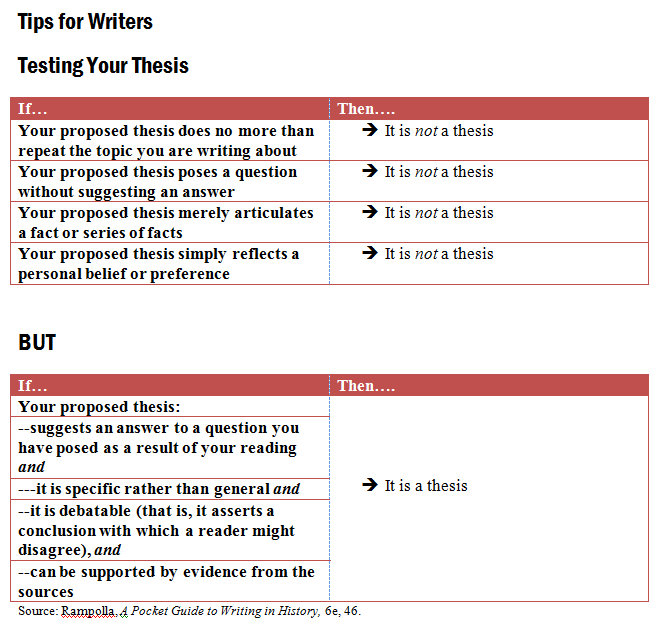[ cross-posted to TUSH.0 on 10/18/12 ]
I have previously written about the little SkillBuilder papers I use in my survey course. In addition to exams and quizzes, I also have students create two projects. One, a paper, falls about midterm (due next week) and the other, called “History in Our Time,” is due at the end of the term so I’ll write about it near the end of the semester.
The mid-term assignment has students select two primary sources from an edited volume, develop a question for historical investigation and use the two sources as evidence to build a historical argument in five pages. This provides some of the steps of a more sophisticated research process but removes others, like the task of finding primary sources (which I find that beginning students do very poorly with – they head straight to Wikipedia and Google and end up treating websites like primary sources, and the temptation to borrow text from the internet proves far too often irresistible). I own a stack of about twenty different books from the Bedford/St Martin’s “Brief History with Documents” series and place them all on two-hour course reserve in the library. If you’re not familiar with this series, most of them assemble a collection of thematically related documents along with an introductory essay by the volume’s editor, in a manageable slim package. I also use one whole class day for peer review of paper drafts a week ahead of the final due date; students without drafts in hand get no credit for attendance but get to go to the library to use that time to make progress on the assignment.
I’ve been using this Primary Source Project for a couple of years now, and here are some reasons it works very well at this point in my course:
- Students have acquired some of the basic skills (footnoting, primary source analysis, appropriate writing voice for history) and are ready to extend them by writing an essay of modest length.
- It removes the research step of locating appropriate sources, which is a real bottleneck for novices, and gets them right into the process of analysis, hypothesizing, and writing.
- It forces students to use the library and check out a book. Sadly, I cannot tell you how many students admit this is the first time they have done this – and not just first-year students, either.
- It has students write and revise a week ahead of due date. Again: for some this is the longest ahead of a due date they have written a paper.
- It gives students one single challenging problem, which is how to align a question or historical hypothesis with available sources. This is what we usually end up talking about most on peer-review day. “Does my hypothesis match my sources?” “Am I really asking something that my sources can answer?” “Am I making a claim that is arguable, rather than just answering a yes/no question of fact?” “How do I develop a research inquiry into a thesis statement?” “Does my evidence support my thesis?”
One of the helpful tools I use to help students make and refine an essay thesis comes from Mary Rampolla’s A Pocket Guide to Writing in History (click to enlarge):
I really like this checklist and think it helps students understand the process of formulating and articulating a clear evidence-based thesis – which is, admittedly, far harder than it sounds.
How do you move students from basic to slightly more sophisticated tasks in the survey course? What longer or more complex assignments do you build into your courses? What do you find is especially challenging for your beginning students? And what kind of scaffolding or support do you provide for writing in the discipline?














